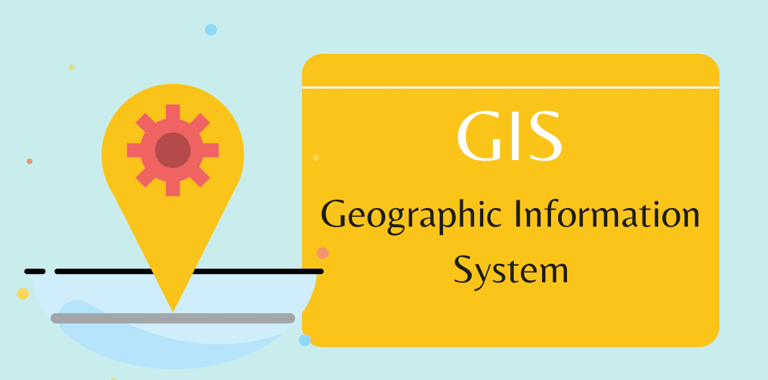RNAGRI AGRO SOLUTIONS PRIVATE LIMITED
(GIS) GEOGRAPHIC INFORMATION SYSTEM
Geographic Information System (GIS) in agriculture refers to the use of spatial data, technology, and analysis to improve farming practices, crop management, land use planning, and decision-making in agriculture. Here is a comprehensive overview of GIS in agriculture:
GIS involves gathering spatial data using various technologies like GPS (Global Positioning System), remote sensing, drones, and satellite imagery.
This data includes information on soil types, topography, weather patterns, crop health, land parcel boundaries, and other geographical factors relevant to agriculture.
1. Spatial Data Collection:
2. Data Integration and Mapping:
GIS software integrates and analyzes different layers of spatial data to create accurate maps and models.
It helps in mapping agricultural features, such as field boundaries, irrigation systems, crop types, and yield variability.
3. Precision Farming:
GIS enables precision agriculture by providing insights into soil fertility, moisture content, and crop health variability within fields.
Farmers can use GIS-generated maps to optimize planting patterns, irrigation, fertilization, and pest control, leading to improved yields and resource efficiency.
4. Decision Support Systems (DSS):
GIS-based DSS aids farmers and agricultural experts in making informed decisions related to crop selection, land management, resource allocation, and risk assessment.
It assists in planning and optimizing farm operations, leading to better productivity and sustainability.
5. Crop Monitoring and Management:
GIS technology helps in real-time monitoring and assessment of crop health, growth stages, and potential issues like pests, diseases, or nutrient deficiencies.
Farmers can use this information to take timely corrective measures, improving overall crop management practices.
6. Land Use Planning and Management:
GIS plays a crucial role in land use planning, land suitability assessment, and optimizing land resources for different agricultural purposes.
It assists in identifying suitable areas for specific crops, conservation efforts, and sustainable land management practices.
7. Economic and Environmental Analysis:
GIS allows the analysis of economic factors such as market trends, pricing, transportation routes, and the environmental impact of agricultural practices.
It helps in optimizing agricultural supply chains and promoting environmentally friendly farming practices.
8. Policy Planning and Research:
GIS facilitates policymakers and researchers in analyzing agricultural trends, identifying issues, and formulating effective policies for agricultural development, food security, and sustainability.
GIS in agriculture is a powerful tool that empowers farmers, agronomists, and policymakers with valuable spatial insights and analytical tools to enhance productivity, sustainability, and decision-making in the agricultural sector.


About Agri Agro Grand Expo
Agri Agro Grand Expo International has served as a platform for bringing together many foreign as well as national visitors from all over the country to interact with leading national agriculture technology companies. The Agriculture Expo, held annually, is one of the leading national agriculture events of its kind, showcasing cutting-edge agricultural technologies. This exhibition in India traditionally attracts numerous Ministers of Agriculture, decision-makers, experts, practitioners, and trainers in agriculture, along with thousands of visitors from around the country.
contact :
expo@agriagro.in
exposulabh@agriagro.in
+91-9520099666
+91 -70601 71734
+91 -8791144200
© 2026 Agri Agro Grand Expo All rights reserved.
Mail:
